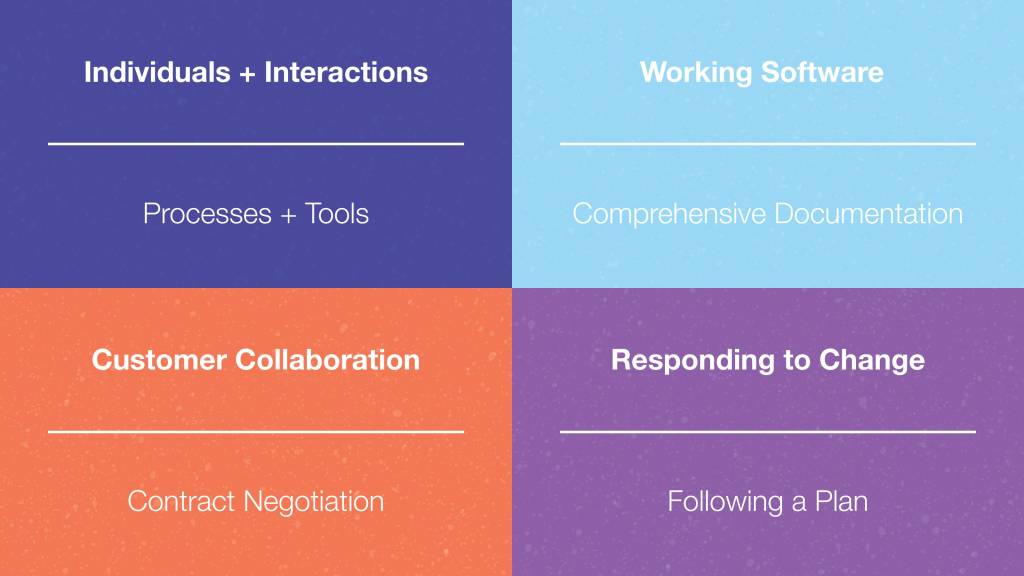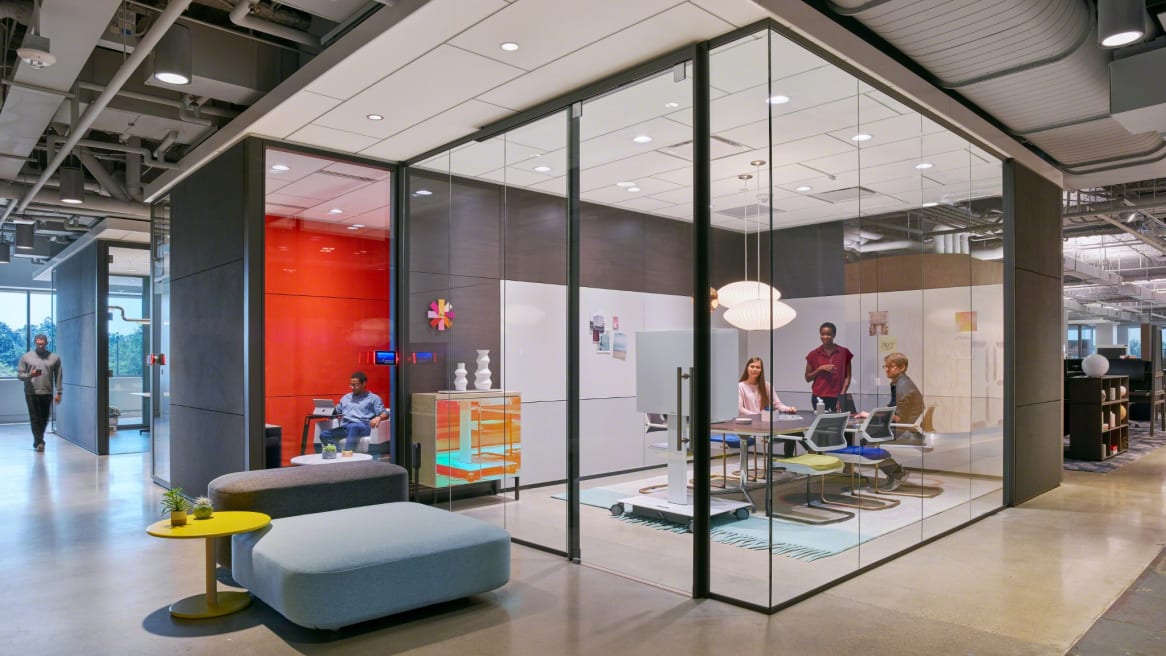Transforming IT at Steelcase: An Agile Case Study
What Is Agile?
“Agile can be a confusing term as it’s used in different ways. It’s important to be clear when discussing agile and to understand what organizations are seeking to accomplish.”
Dr. Tracy BrowerPrincipal, Steelcase Applied Research + Consulting
For some, agile, or agility, refers to a strategy that starts with real estate and is focused on mobility, giving individuals control over where and how they work. Some organizations talk about agile when they simply want their teams to be more responsive to change, be more nimble and go faster. For others, agile refers to a specific set of values and principles derived from the Agile Manifesto originally written to support software development and now adapted by many organizations to shape the work of many different departments. In this case, the focus is on the team’s needs and people have more control over how they work within the space.
The Steelcase IT team was looking to adopt the Agile Manifesto-driven definition of agile.
Agile Manifesto Values put a higher value on relationships, working products, and embracing change than some of the things common to more traditional work processes. Agile values individuals and interactions over processes and tools, working software over comprehensive documentation, customer collaboration over contract negotiation, and responding to change over following a plan.

Agile Manifesto Principles elevate personal interactions and customer engagement during a time of digital transformation to improve the quality of solutions and speed of delivery.
01. Customer satisfaction by early and continuous delivery of valuable software
02. Welcome changing requirements, even in late development
03. Working software is delivered frequently (weeks rather than months)
04. Close, daily cooperation between business people and developers
05. Projects are built around motivated individuals, who should be trusted
06. Face-to-face conversation is the best form of communication (co-location)
07. Working software is the primary measure of progress
08. Sustainable development, able to maintain a constant pace
09. Continuous attention to technical excellence and good design
10. Simplicity – the art of minimizing the amount of work not done – is essential
11. Best architectures, requirements and designs emerge from self-organizing teams
12. Regularly, the team reflects on how to become more effective and adjusts accordingly
Steelcase IT and product development teams are in different stages of adopting agile. Some are agile-focused, working on a single project and fully following the Scrum process. Others are agile-inspired, working on multiple projects or doing ongoing work and using new work processes that include a portion of the agile ceremonies and approaches.
NEXT CHAPTER – Foundation for Success
PREVIOUS CHAPTER – Introduction


